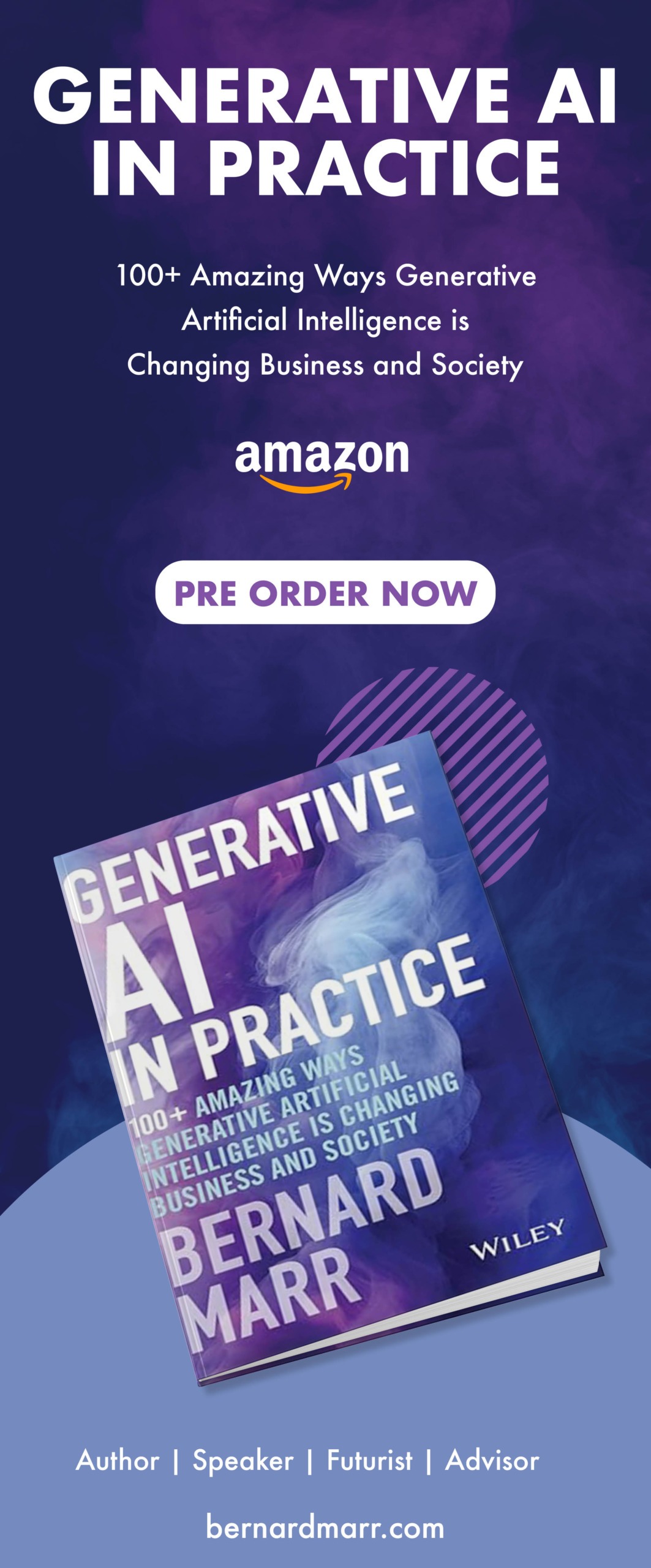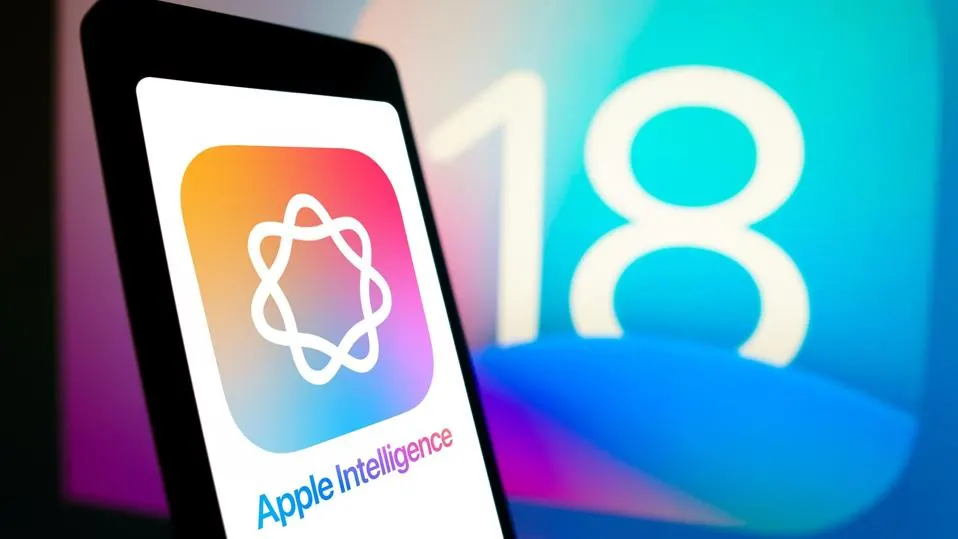Why Every Business Must Embrace Integrated Collaboration And Co-opetition
2 August 2022
I was recently talking to a startup car company that makes solar cars. Except they don’t exactly make anything themselves. The various parts of the manufacturing process are outsourced to other companies with expertise in those areas. It was a reminder that we live in a time where pretty much anything can be achieved by outsourcing.

But this wouldn’t be possible without major integration and cooperation in the global business world. Welcome, then, to the age of integrated business collaboration and co-opetition.
Integrated supply chains
Perhaps the most important area where we’ll see greater integration is the supply chain. In simple terms, supply chain integration means that the various stakeholders' systems are able to seamlessly exchange information throughout the stages of procurement, production planning, and logistics. The goal is to create connectivity throughout the whole value chain in order to improve production and response times and reduce costs and waste. Importantly, every partner in the chain benefits.
Key features and advantages of integrated supply chains include:
- Visibility and complete transparency from supplier to customer, made possible by real-time sharing of information.
- Highly accessible data and advanced analytics.
- Paperless operations.
- Integrated supply chains are, by their nature, better equipped to facilitate disruption management and react more quickly to new market opportunities.
- Reduced waste (which, in turn, improves the bottom line).
A simple example comes from Procter & Gamble, which formed a partnership with Walmart to become an exclusive supplier of certain product lines. To achieve this, they had to integrate their backend information systems to ensure P&G could match stock as needed from store to store, rather than over-supplying and discounting (which was the previous arrangement). As a result of greater integration, both companies were able to increase their sales eightfold.
The integration of data
Looking ahead, data integration will be key to successful partnerships between companies, particularly in the supply chain. This will be facilitated by some key data technologies and trends, including:
- Multiparty systems – these are systems that seamlessly share data between organizations in order to boost efficiency and resilience. Blockchain is perhaps one of the best-known examples of a multiparty system since it enables frictionless payments between parties. According to one recent survey, 90 percent of executives believed multiparty systems would enable them to be more resilient and create new value with partner organizations.
- APIs (application programming interfaces) – essentially a backend piece of machine-to-machine code that acts as an interpreter between programs. APIs allow data to flow across the various partners at scale, sharing information such as the status of a specific order or the location of a shipment on a truck.
- EDI (electronic data interchange) – another machine-to-machine technology, allows the exchange of business documents in a standard electronic format over a secure connection. So no need for manual emails – instead, documents automatically move from one party to another. Estimates suggest EDI can speed up business cycles by more than 60 percent because transactions can take place in minutes (or even seconds).
- Machines as customers – a huge trend in data integration; this represents perhaps the biggest challenge for the average business. We tend to think of customers as humans. But increasingly, machines are both gathering and acting upon data, effectively turning machines into customers. A similar thing is already happening with Alexa devices. I can simply say, "Alexa, buy bread," and it'll be added to my cart. This is the start of machines entering the supply chain. It is the start of connected machines becoming the market.
Taking integration to a new level – co-opetition
Integration between organizations isn’t limited to supply chain partners. Indeed, more and more organizations are choosing to share information and collaborate with their competitors to capitalize on market opportunities. This is known as co-opetition – a mashup of cooperation and competition.
It may seem counterintuitive to pair up with a competitor, but a study out of Yale’s School of Management suggests that sharing detailed info with competitors is a good idea under certain circumstances. The study suggests that to fully exploit market opportunities, businesses sometimes need their competitors to recognize the opportunity as well. A great example comes from Tesla allowing other firms to use its patented electric vehicle technologies in order to aid the wider electric vehicle industry. Or Pfizer teaming up with biotech company BioNTech to develop its COVID-19 vaccine in an astonishingly quick time. Or there’s the long-standing relationship between competitors Samsung and Apple – Samsung is a key supplier of iPhone parts to Apple's, despite the Samsung Galaxy being a major competing product.
From greater supply chain and data integration to actively collaborating with competitors, in the future, I believe it'll become increasingly difficult to succeed without really close partnerships with other organizations. Is your business ready for this major trend?
Read more about this and other future trends in my book, Business Trends in Practice: The 25+ Trends That are Redefining Organizations (which just won the 2022 Business Book of The Year Award). Packed with real-world examples, it cuts through the hype to present the key trends that will shape the businesses of the future.
Related Articles
Will AI Solve The World’s Inequality Problem – Or Make It Worse?
We are standing on the cusp of a new technological revolution. AI is increasingly permeating every aspect of our lives, with intelligent machines transforming the way we live and work.[...]
How You Become Irreplaceable In The Age Of AI
In a world where artificial intelligence is rapidly advancing, many of us are left wondering: Will AI take our jobs?[...]
Why Apple Intelligence Sets A New Gold Standard For AI Privacy
In the rapidly evolving world of artificial intelligence, privacy concerns have become a hot-button issue.[...]
Can Your Device Run Apple Intelligence? What You Need To Know
Apple's announcement of Apple Intelligence has sent waves of excitement through the tech world.[...]
10 Amazing Things You Can Do With Apple Intelligence On Your IPhone
Apple Intelligence is poised to revolutionize the iPhone experience, offering a suite of AI-powered tools that promise to make your digital life easier, more productive, and more creative.[...]
Agentic AI: The Next Big Breakthrough That’s Transforming Business And Technology
The world of artificial intelligence is evolving at a breakneck pace, and just when you thought you'd wrapped your head around generative AI, along comes another game-changing concept: agentic AI.[...]
Sign up to Stay in Touch!
Bernard Marr is a world-renowned futurist, influencer and thought leader in the fields of business and technology, with a passion for using technology for the good of humanity.
He is a best-selling author of over 20 books, writes a regular column for Forbes and advises and coaches many of the world’s best-known organisations.
He has a combined following of 4 million people across his social media channels and newsletters and was ranked by LinkedIn as one of the top 5 business influencers in the world.
Bernard’s latest book is ‘Generative AI in Practice’.










Social Media